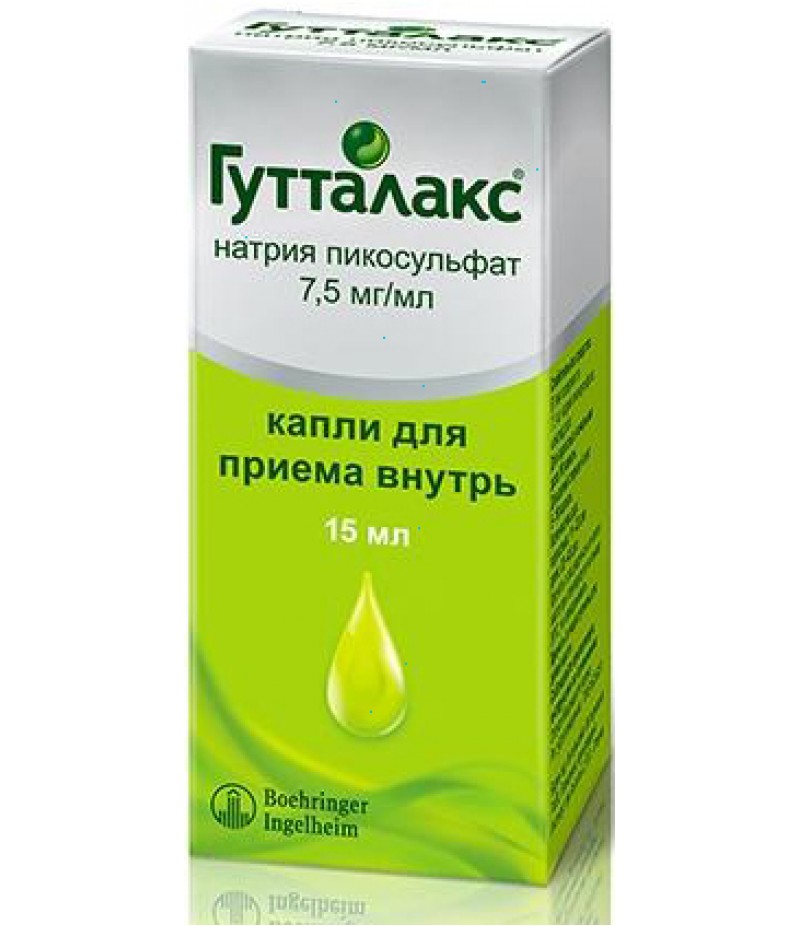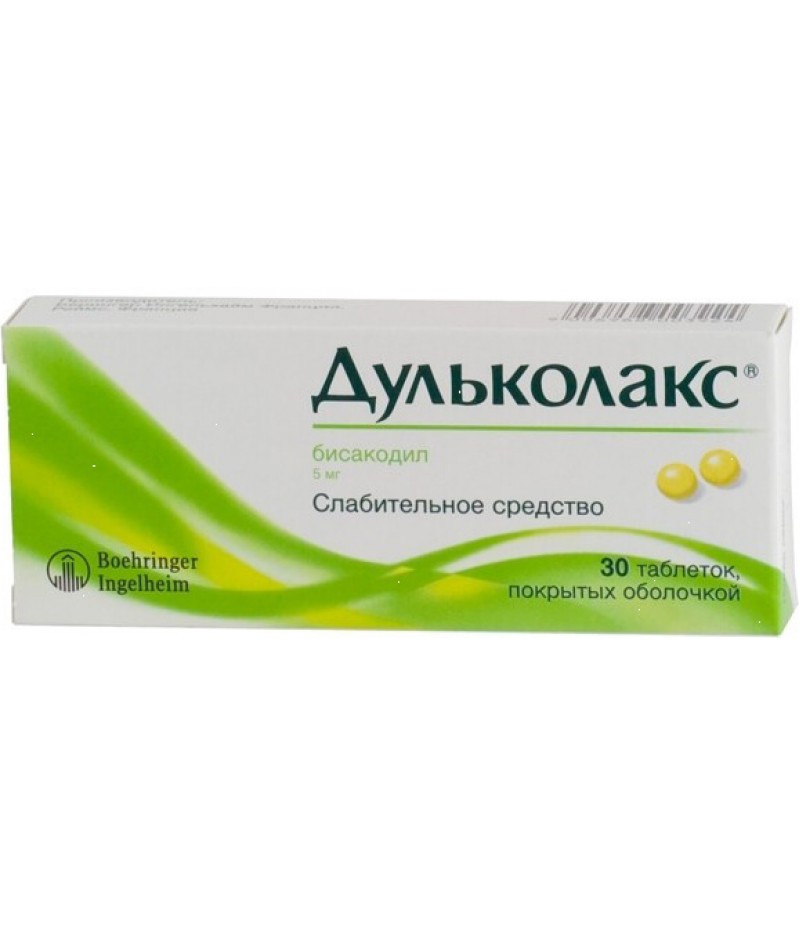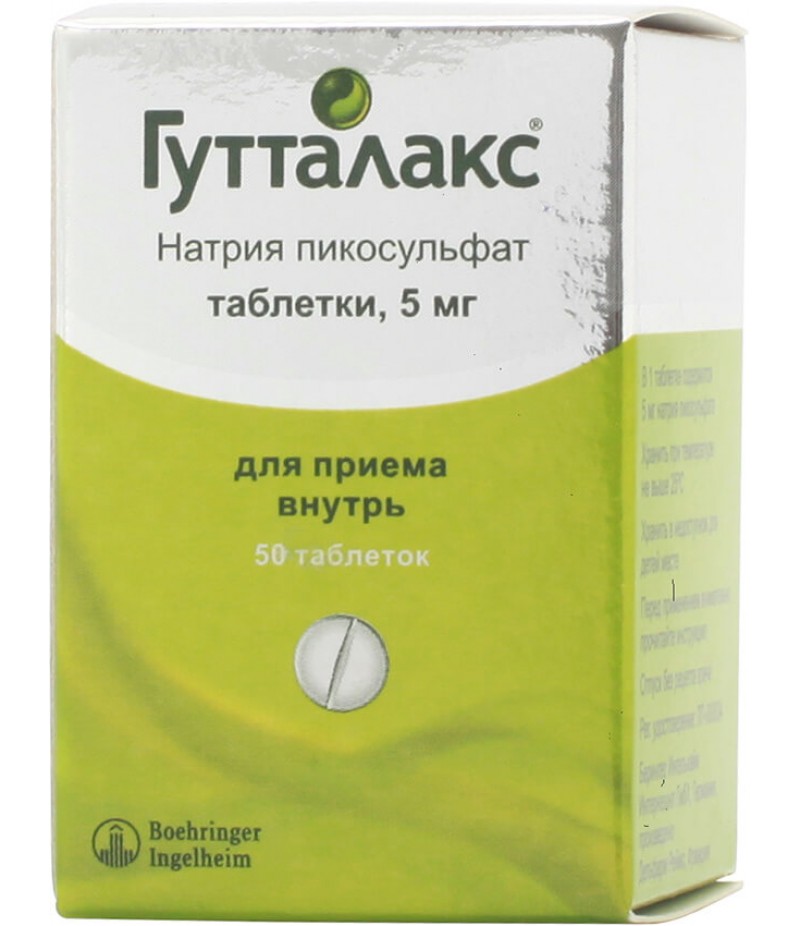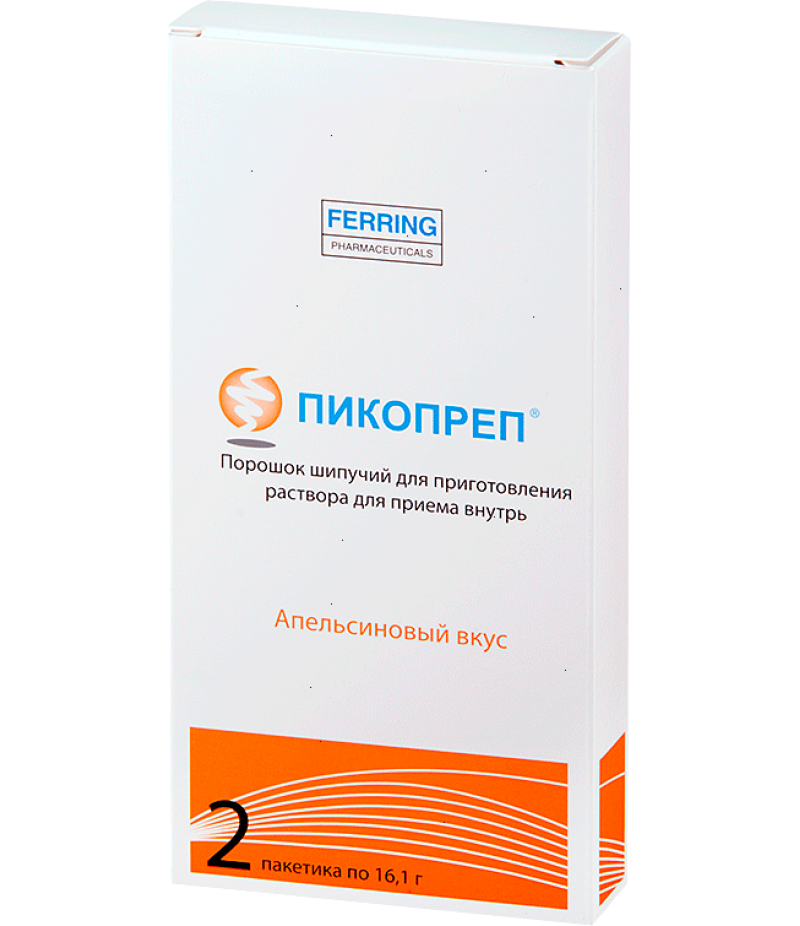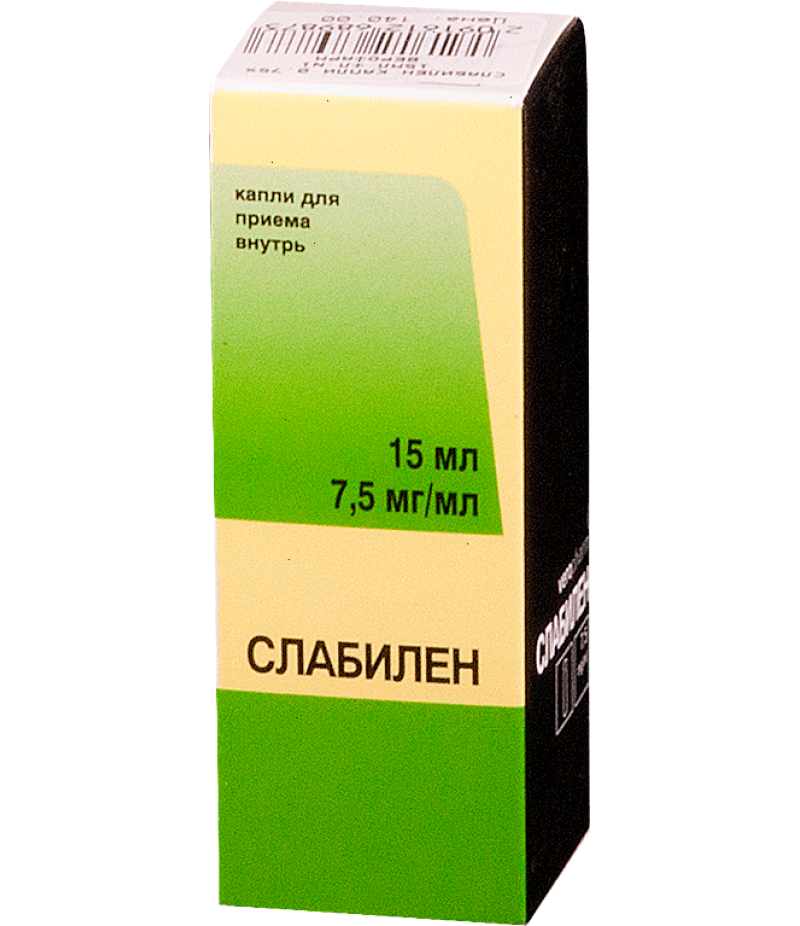Guttalax drops 7.5mg/ml 15ml
- $14.36
- 3 or more $13.10
- Availability:In Stock
Guttalax user manualReed more about Guttalax and buy it hereCompositionIn 100 ml of the Guttalax solution contains 750 mg of sodium monohydrate picosulphate.Auxiliary components: non-crystallizing liq
Guttalax user manual
Reed more about Guttalax and buy it here
Composition
In 100 ml of the Guttalax solution contains 750 mg of sodium monohydrate picosulphate.
Auxiliary components: non-crystallizing liquid sorbitol -64.37g, sodium citrate dihydrate 150 mg, sodium benzoate 200 mg, purified water 49.89 g and citric acid monohydrate 140 mg.
Form of issue
Plastic bottles-droppers in volume 15 and 30 ml in cardboard packages.
pharmachologic effect
The drug has a laxative effect. After bacterial cleavage of the active ingredient in the digestive tract, peristalsis is intensified, electrolytes and water accumulate in the lumen of the large intestine. The active substance has a stimulating effect on the mucosa of the colon. The medicinal preparation promotes the softening of the stool, stimulates the act of defecation and reduces the time of emptying of the intestine.
Pharmacodynamics and pharmacokinetics
Drops from constipation Guttalaks are not absorbed in the digestive tract and enter the lumen of the large intestine in a virtually unchanged form, which completely eliminates enterohepatic circulation.
As a result of metabolism, the active ingredient is split to bis-pyridyl-2-methane, due to which the laxative effect is achieved after 6-12 hours. Only a small part of the drug is absorbed into the systemic bloodstream. There is no direct relationship between the concentration of active metabolite in the blood and the degree of laxative effect.
Indications for use
atonic constipation;
regulation of stool with proctitis, cracks anus and hemorrhoids.
The drug can be prescribed before surgical interventions on the abdominal organs, before diagnostic manipulation and examination of the large and small intestine.
Contraindications to the use of Guttalax
It is inadmissible to prescribe a medication for the following diseases and conditions:
pain syndrome in the epigastrium of an unknown genesis;
peritonitis;
cystitis;
acute inflammatory processes in the organs of the abdominal cavity;
metrorrhagia;
intestinal obstruction;
marked dehydration;
spastic constipation;
strangulated hernia;
bleeding in the digestive tract;
individual intolerance.
Side effects
Medication can cause the following side effects:
diarrheal syndrome;
a drop in blood pressure;
epigastric pain;
convulsive syndrome;
violation of water-electrolyte metabolism;
dehydration.
Instructions for the use of Guttalax (Method and dosage)
Medication is taken before bedtime, inside. By what scheme to drink Guttalax drops? Instructions for use recommend starting treatment with 10 drops, followed by an increase in dose in the absence of the expected therapeutic effect.
With persistent, heavy-running constipation, a single dosage of the drug can be increased to 30 drops.
How to take Guttalax in drops: the necessary amount of a drug diluted in warm water, applied inside.
Overdose
Guttalax intake in large amounts can lead to dehydration, expressed diarrhea syndrome, blood pressure drop, convulsions, pronounced changes in the water-electrolyte balance, hypokalemia.
Ischemic changes in the musculature of the large intestine are rarely recorded. Chronic overdose manifests secondary hyperaldosteronism, chronic diarrhea, epigastric pain, the formation of urolithiasis.
Long-term therapy with large dosages leads to metabolic alkalosis, damage to kidney tubules, muscle weakness (as a result of increased removal of potassium from the body).
To prevent further absorption of the active substance, it is recommended to wash the stomach or induce vomiting. Further therapy is based on replenishing the fluid, restoring the level of electrolytes. A good analgesic effect is provided by the appointment of antispasmodics.
Interaction
Corticosteroids and diuretic medicines increase the risk of electrolyte imbalance. Long-term therapy with the drug may worsen the tolerability of cardiac glycosides due to disturbances in water-electrolyte metabolism.
Terms of sale
It is not necessary to present a prescription form for a doctor in a pharmacy.
Storage conditions
The medicine should not be frozen. Vials should be stored in a dark place, at temperatures up to 30 degrees Celsius. Keep away from children.
Shelf life
Unpacked vials are stored up to three years.
special instructions
Inadmissible self-administration of the drug and prolonged uncontrolled therapy. The medication does not have certain taste qualities.
Children
The medication is used in pediatric practice at the age of 4 years. The initial dosage is 5-10 drops.
With antibiotics
Antibacterial drugs with a wide range of effects reduce the laxative effect of the drug.
For losing weight
Many forums on relevant topics contain information on the possibility of using Guttalax for weight loss. Weight loss can be explained by accelerated excretion of food without absorption of nutrients necessary for the body. The use of medication, not according to the indications, can result in beriberi, dehydration, decreased immunity and other dangerous conditions.
Guttalax during pregnancy (I, II and III trimesters)
It is not recommended to use the drug in the first trimester of pregnancy, despite the lack of a proven negative effect of the drug on the development of the fetus and the general course of pregnancy.
After 12 weeks, the drug is prescribed according to the standard schedule according to the indications. Experimental studies have not revealed a teratogenic, mutagenic effect of sodium monohydrate picosulfate.
Reviews of Guttalax (assessment of effectiveness)
Internet resources in their majority contain positive feedback on the laxative. The drug effectively cures spasmodic constipation, it is economical, does not cause pain in the epigastrium, does not harm the intestinal microflora. Negative responses to drops contain information about addiction to the drug, and the need to subsequently increase the dose.

